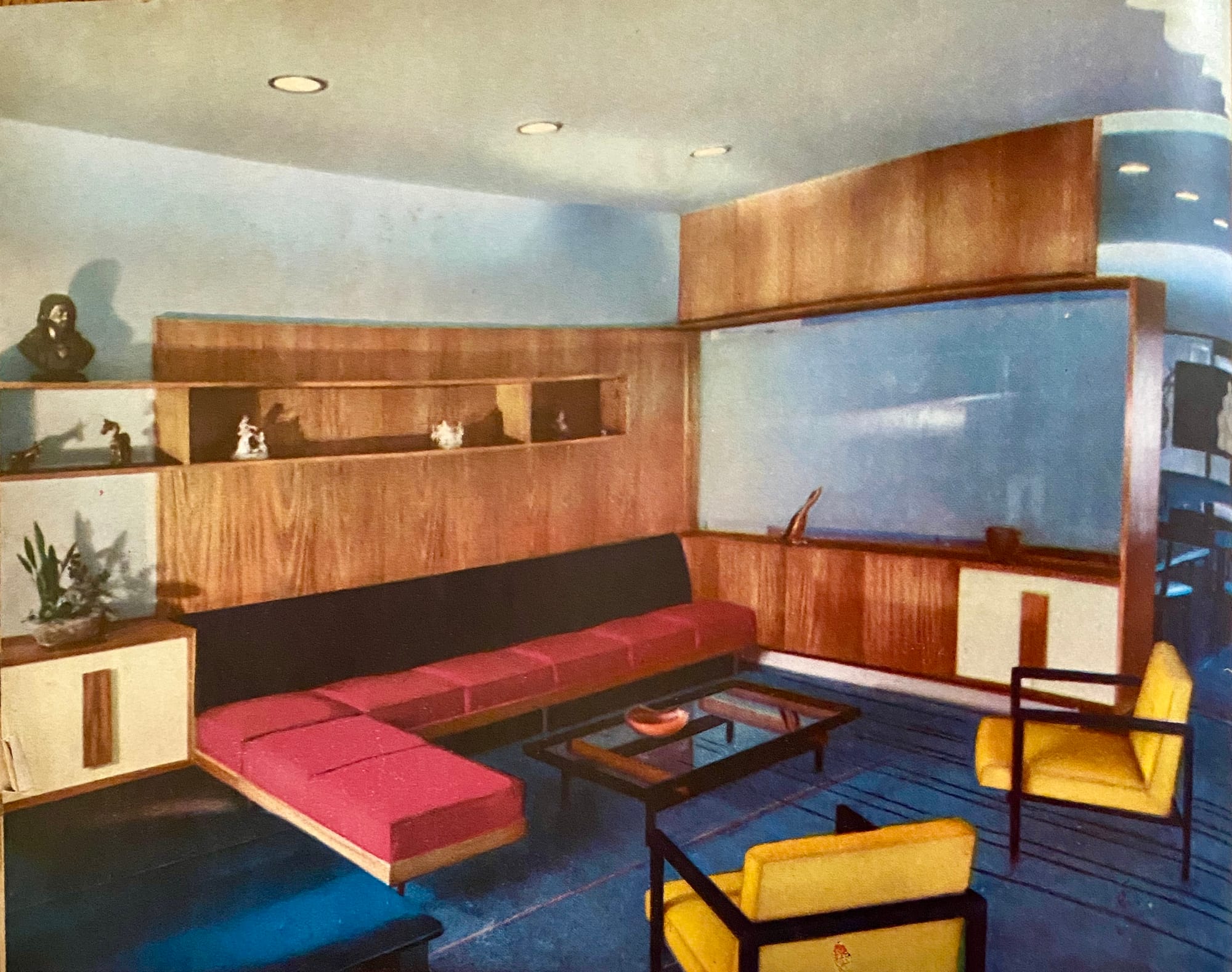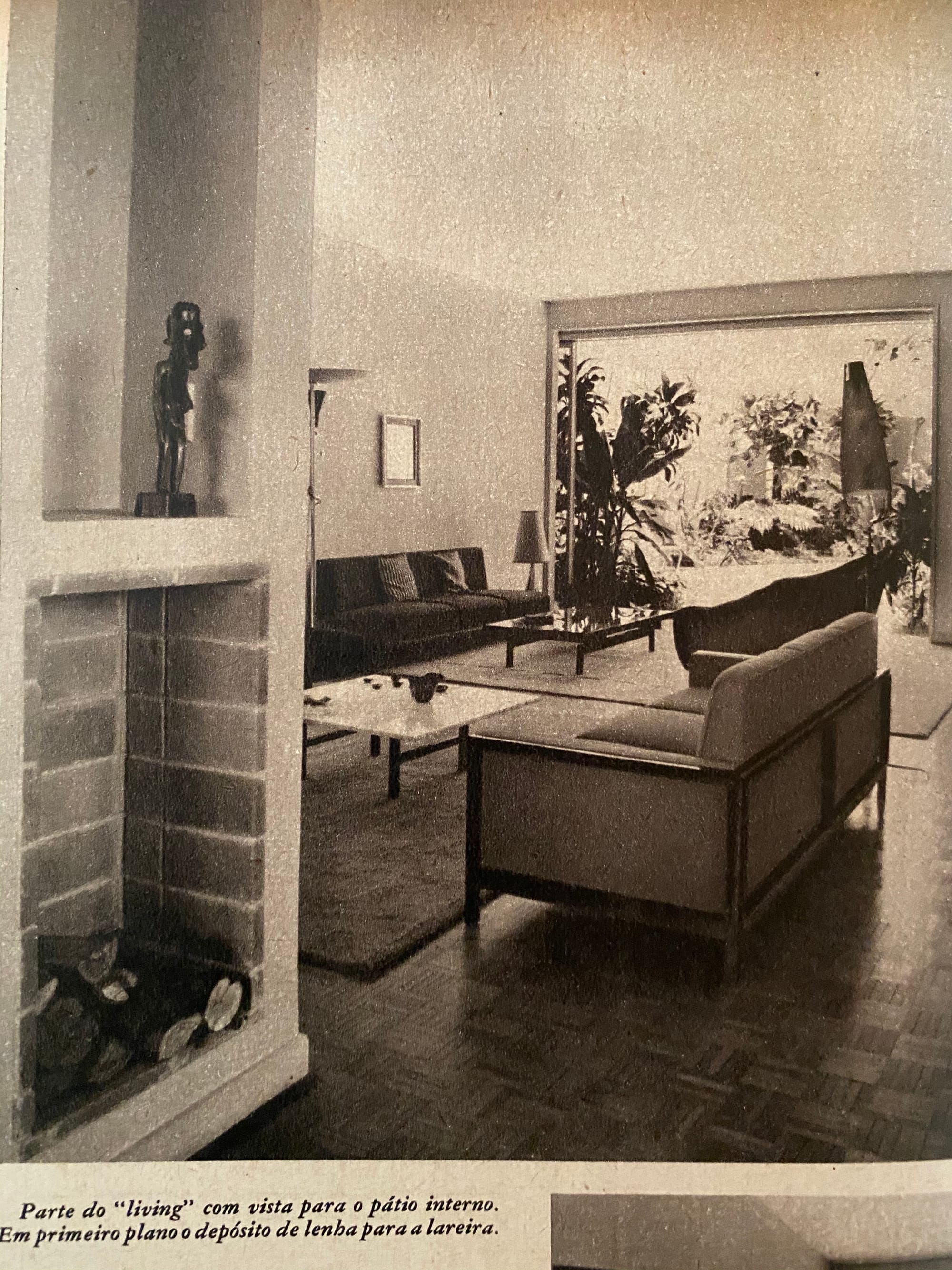Jacob Ruchti & Miguel Forte
18/09/2024
Jacob Ruchti 1917 - 1974
Born in Switzerland in 1917, Jacob Ruchti studied architecture at McKenzie University, graduating in 1940. A founding member of the Brazilian Institute of Architects, the Museum of Modern Art and the Institute of Contemporary Art in São Paulo, he was also involved in the organization of the first two São Paulo Art Biennials. Branco e Preto's interior design, proposed by Roberto Aflalo, was inaugurated in December 1952 in downtown São Paulo. For its opening, the group prepared not only furniture, but also curtains, lamps, carpets and the like. Following the idea of Frank Lloyd Wright (1867-1959), who thought of the house from the inside out, the furniture was considered a "complement to the architecture". With high prices and aimed at São Paulo's elite, the store often caters to clients whose homes have been designed by one of the group's architects. The furniture project is often designed with adaptations for each home. Brazilian woods such as jacaranda-da-bahia, cabreúva and pau-marfim are combined with glass, iron, formica and calacata marble. Made in a rational and geometric way, they are light and simple. One of their characteristics is the club feet, one of the hallmarks of modern furniture. The furniture, mainly designed by Jacob Ruchti, Carlos Millan and Miguel Forte, was produced by two carpentry workshops, depending on the complexity of the projects: the Luiz Passaro workshop and the Mahlmeister workshop. In the early 1960s, the Moveis Ambiente company published some of the designs of the Branco e Preto collective, including the R3 armchair by Jacob Ruchti.





